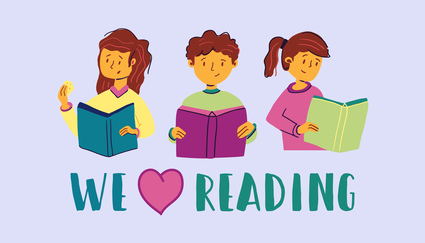The Impact of Pop Culture Icons on Boys’ Fashion Trends
From the Beatles’ iconic mop-top haircuts in the 1960s to Justin Bieber’s swoopy bangs in the 2010s, pop culture icons have always influenced the fashion landscape. Their effect on boys’ fashion trends has been particularly profound, offering inspiration and shaping personal style narratives for generations.
Through this journey into the world of boys’ wear and fashion, we aim to unravel the impact of these pop culture icons and their lingering mark today. Consider it a modern history lesson of how music and personalities have shaped image throughout the decades.
The Beatlemania Influence
The British invasion of the 1960s wasn’t just a music phenomenon—it also dramatically altered the fashion landscape. The Beatles, arguably the most influential band of the time, were known for their distinctive ‘mop-top’ hairstyles, collarless suits, and later on, their flamboyant psychedelic prints. The ‘Beatle boots’, a pointed-toe and Cuban-heeled style, were especially popular among boys, who adopted this trend in droves to mimic their musical idols.
Punk Rock and the 70s
As the idealistic 60s gave way to the rebellious 70s, the fashion scene was dominated by punk rockers like the Sex Pistols and The Ramones. Their influence extended to boys’ fashion in the form of torn jeans, leather jackets, and band t-shirts. An anti-establishment sentiment reflected in these clothing choices; a rejection of traditional fashion norms, celebrating individualism and the DIY aesthetic.
Hip-Hop and Athletic Wear
In the 80s and 90s, hip-hop culture started influencing boys’ fashion. The likes of Run DMC, LL Cool J, and later, Tupac and Biggie, brought baggy jeans, oversized t-shirts, bandanas, and iconic sneaker brands like Adidas into the mainstream. Athleisure, as we know it today, can trace its roots back to this era.
Boy Bands and the Late 90s
By the late 90s, the fashion narrative had shifted again, this time towards boy bands like ‘N Sync and Backstreet Boys. They brought forth a fusion style, combining elements of streetwear with a cleaner, more refined look. Logo-centric clothing, denim-on-denim ensembles, and frosted tips became the rage among boys emulating their pop idols.
Emo Subculture and Early 2000s
In the early 2000s, emo music and culture, led by bands like My Chemical Romance and Fall Out Boy, brought skinny jeans, band t-shirts, and distinctively dark, often dyed, side-swept hair into boys’ fashion.
The Bieber Effect
In the 2010s, Justin Bieber was a game-changer. His style evolution from swoopy-haired boy-next-door to edgy, tattooed artist sparked a fashion revolution. Hoodies, snapback caps, and brightly colored high-top sneakers became staples, with boys everywhere sporting ‘Bieber hair.’
The K-Pop Wave
In recent years, K-pop bands like BTS and EXO have taken the world by storm to create a visual identity. Their eclectic, androgynous style, often involving oversized shirts, color-blocked outfits, and brightly colored hair, has been heartily embraced by boys looking to experiment with their fashion choices, breaking gender norms in clothing.
The TikTok Generation
In the age of social media, TikTok stars are the new pop culture icons. E-boys and e-girls have popularized chains, striped shirts, and baggy jeans, among other trends. Their style, a mix of punk, grunge, and skater influences, has found takers among boys seeking a unique, subcultural fashion identity.
Conclusion
Pop culture icons, through various eras, have been instrumental in shaping boys’ fashion trends. They often serve as the bridge between high fashion and street style, democratizing fashion and making it more accessible. However, while these figures provide a rich source of inspiration, let’s not forget that fashion should be a tool for self-expression. As such, it’s always more rewarding to use these influences as a guide to develop one’s unique style narrative, celebrating individuality over blind imitation.
In the world of boys’ fashion, trends may come and go, but the impact of pop culture icons endures, constantly influencing and evolving the style landscape. Today, as we see a blend of vintage and modern trends, it’s evident that the past continues to inspire the future, shaping boys’ fashion in fascinating ways.







 Reading does not have to be for academic purposes – you should encourage reading for pleasure and help foster a lifetime passion for reading.
Reading does not have to be for academic purposes – you should encourage reading for pleasure and help foster a lifetime passion for reading.


